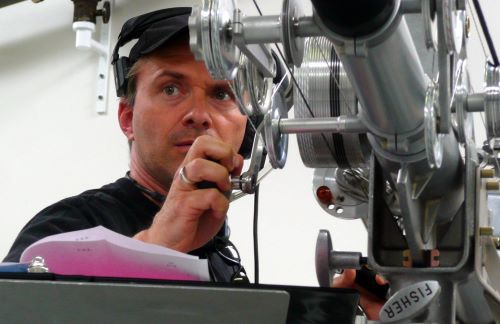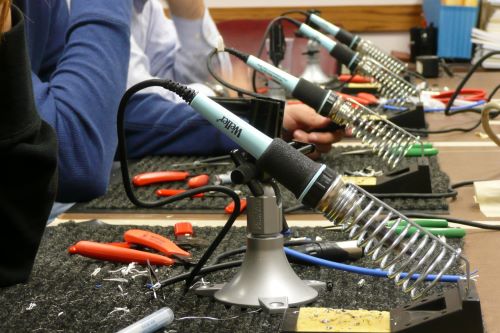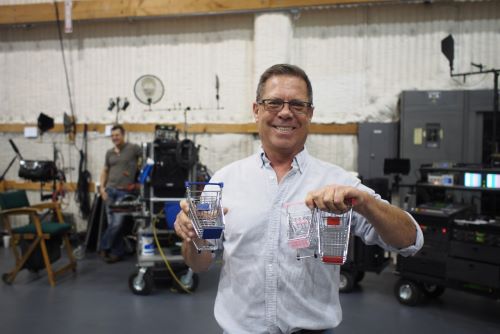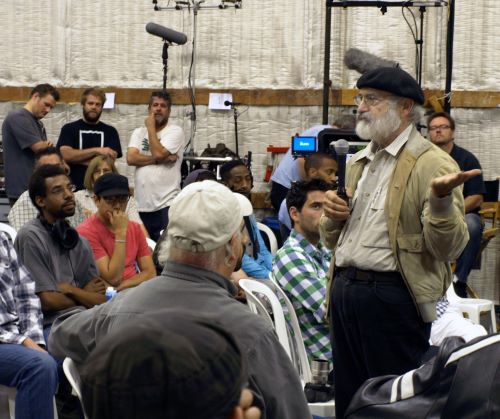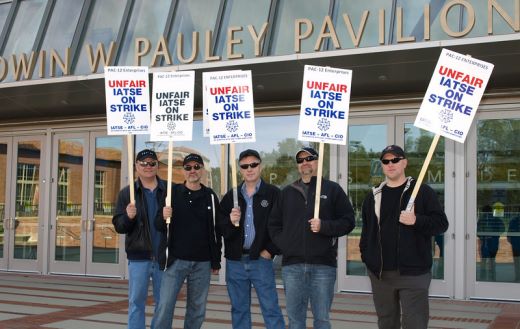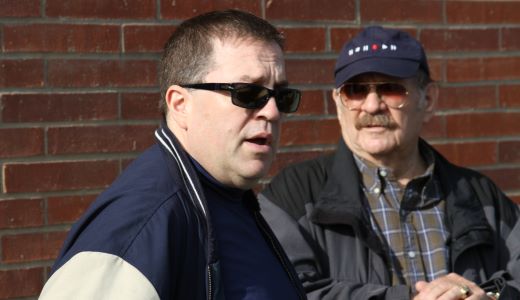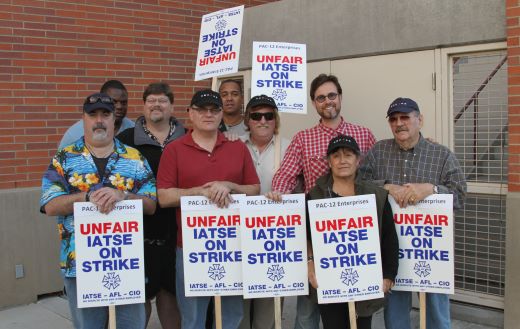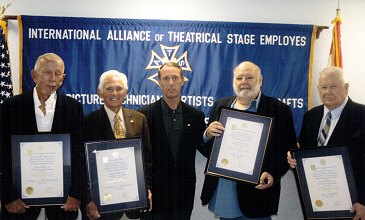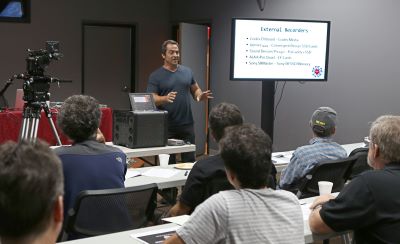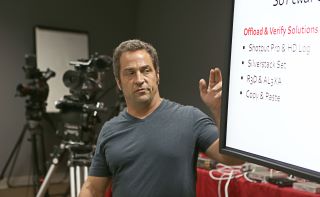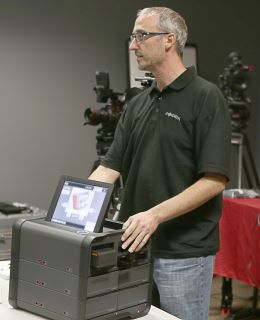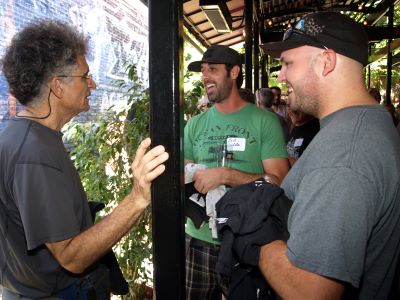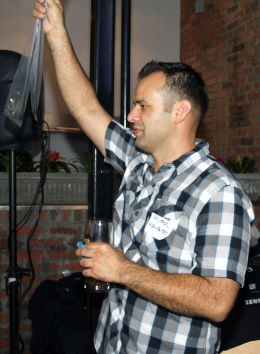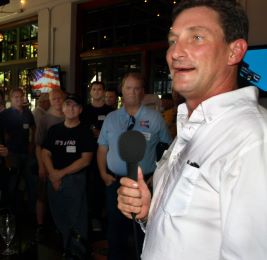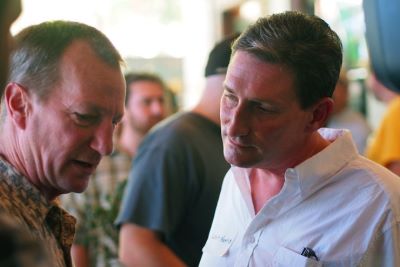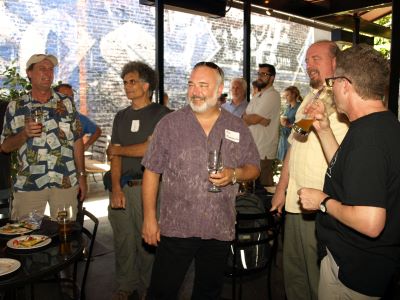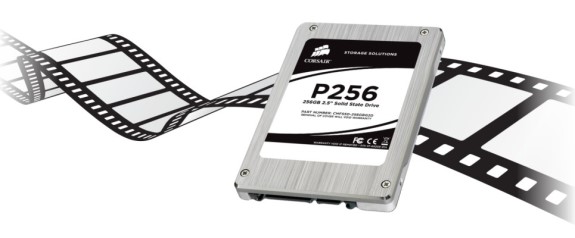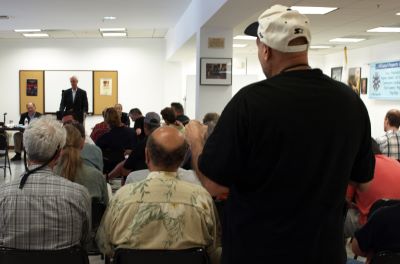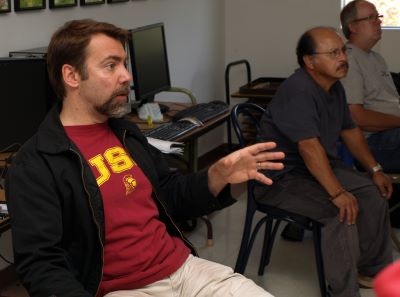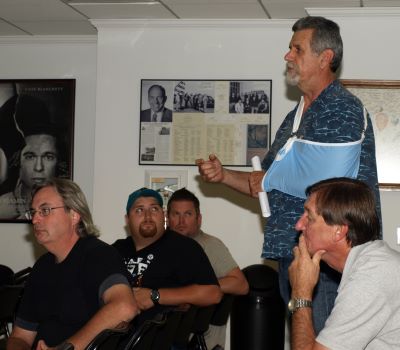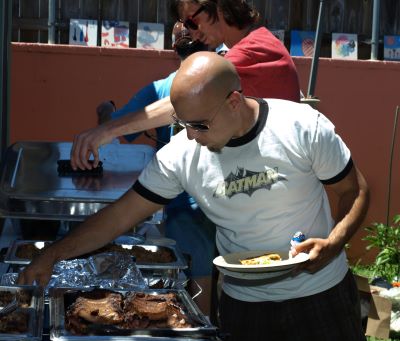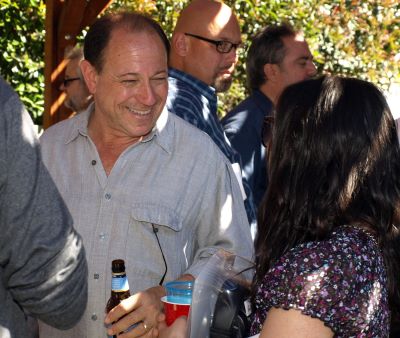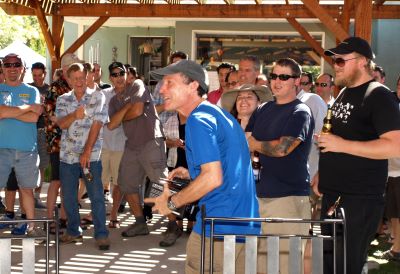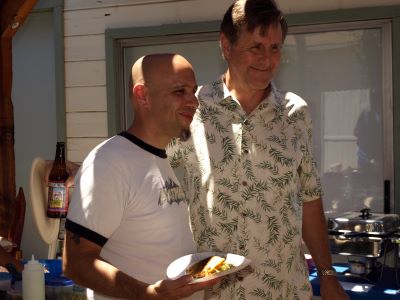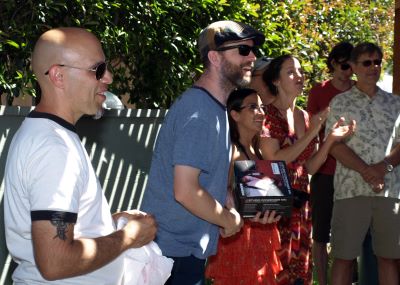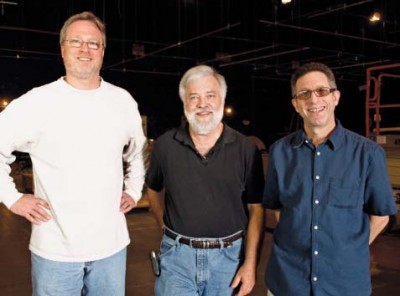 From the Editors
From the Editors
Just about every other week we are being tantalized with new devices, apps, software, hardware and new permutations to add to our already challenging work environment.
This is a good thing that helps to enhance our craft and permits us to deliver top-notch quality while toiling in even more aggressive working conditions. The summer issue of the 695 Quarterly explores the latest and greatest ‘toys’ with a look at the Cinegear Expo.
But no matter how many new tools are made available, it’s the human element that makes it all possible. With that in mind, we have Boom Operator Javier M. Hernandez giving us his personal recollections of the challenges of working on Behind the Candelabra.
Jim Tanenbaum regales us with his latest teaching assignment, this time in Viet Nam, “How I Spent My Summer Vacation 2012.” All topped off with a vintage bottle of “Reminiscences of Working With a Nagra Recorder.”
So we invite you to sit back, kick off your shoes, relax with your beverage of choice and experience the latest issue.
Fraternally yours,
Eric Pierce, Richard Lightstone and David Waelder
